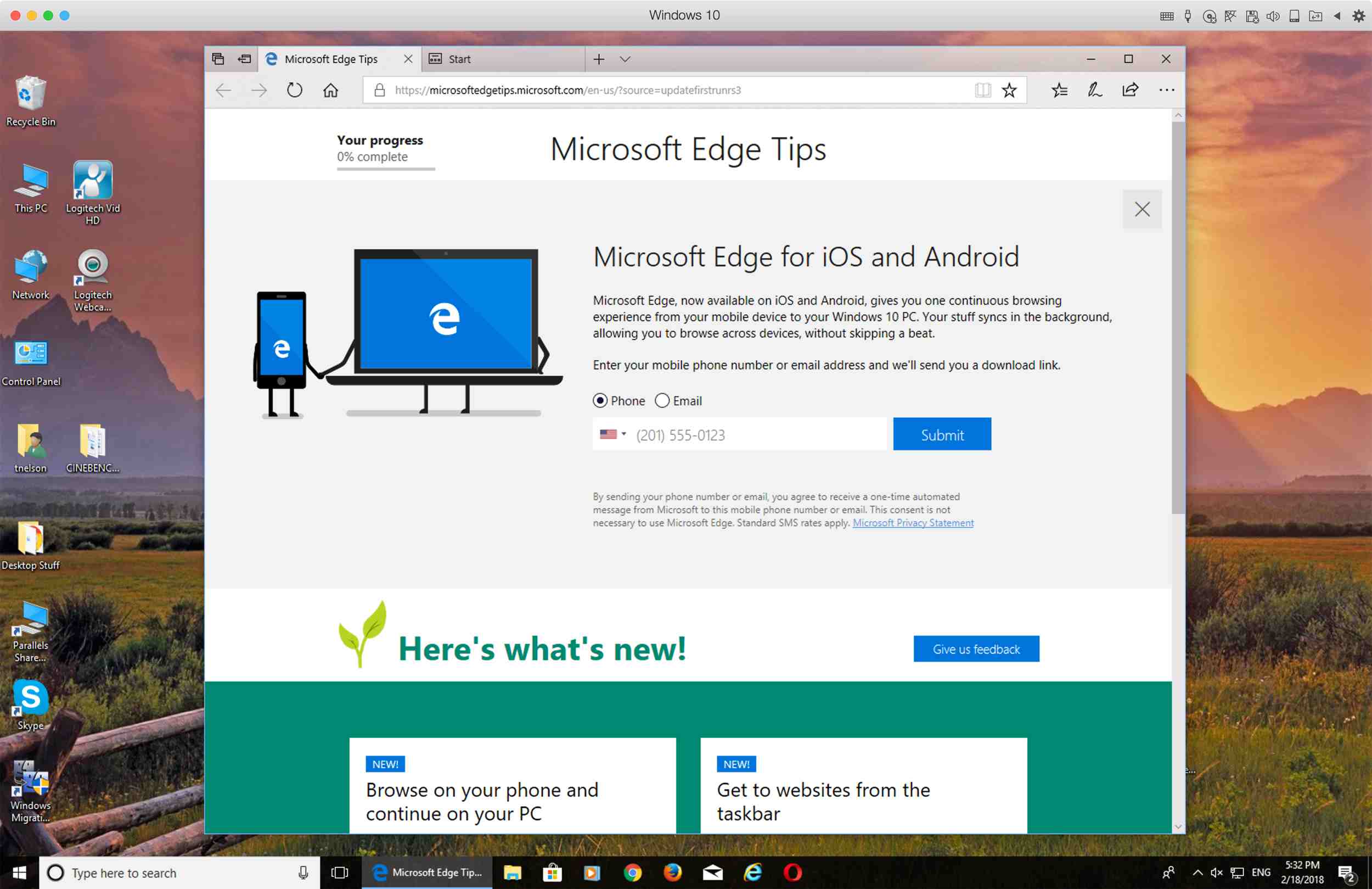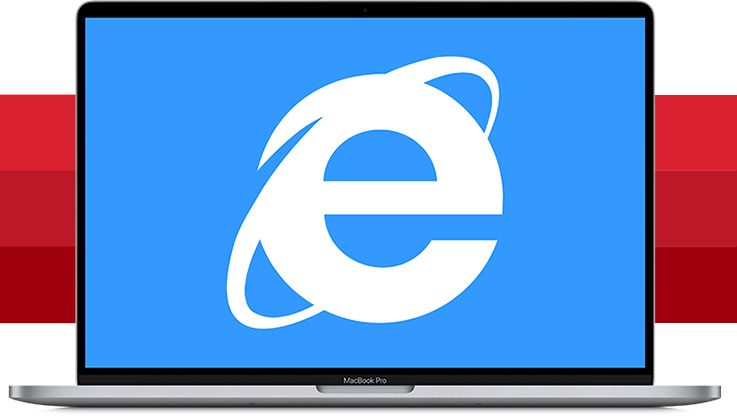
Both of these also support setting up a tunnel to/from your own machine so any local hostnames will work fine. You'll be able to pick a browser of choice, enter a url and use a real OS with the real browser and test and interact as much as you need. Use something like SauceLabs or BrowserStack. There's three different methods that I recommend:

Start Virtual Box and create a new virtual machine.VBoxManage modifyvdi "output.vdi" compact Mv "output.vdi" ~/Library/VirtualBox/VDI/ VBoxManage convertdd temp.bin "output.vdi" Open a Terminal.app on your Mac (you can find it in /Applications/Utilities) and run the following sequence of commands, replacing input.vhd with the name of the VHD file you're starting from and output.vdi with the name you want your final disk image to have: /Applications/Q.app/Contents/MacOS/qemu-img convert -O raw -f vpc "input.vhd" temp.bin
#INTERNET EXPLORER FOR MAC MICROSOFT SOFTWARE#
#INTERNET EXPLORER FOR MAC MICROSOFT CODE#

The developer disk images we're going to use are will work with either VMWare Fusion or Sun Virtual Box. Download some virtual machine software.

The instructions below include free and legal virtualisation software and Windows disk images. You will need one virtual machine for each version of IE you want to test against. On an Intel based Mac you can run Windows within a virtual machine. Update: Microsoft now provide virtual machine images for various versions of IE that are ready to use on all of the major OS X virtualisation platforms ( VirtualBox, VMWare Fusion, and Parallels).


 0 kommentar(er)
0 kommentar(er)
